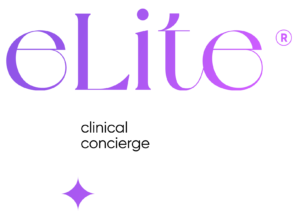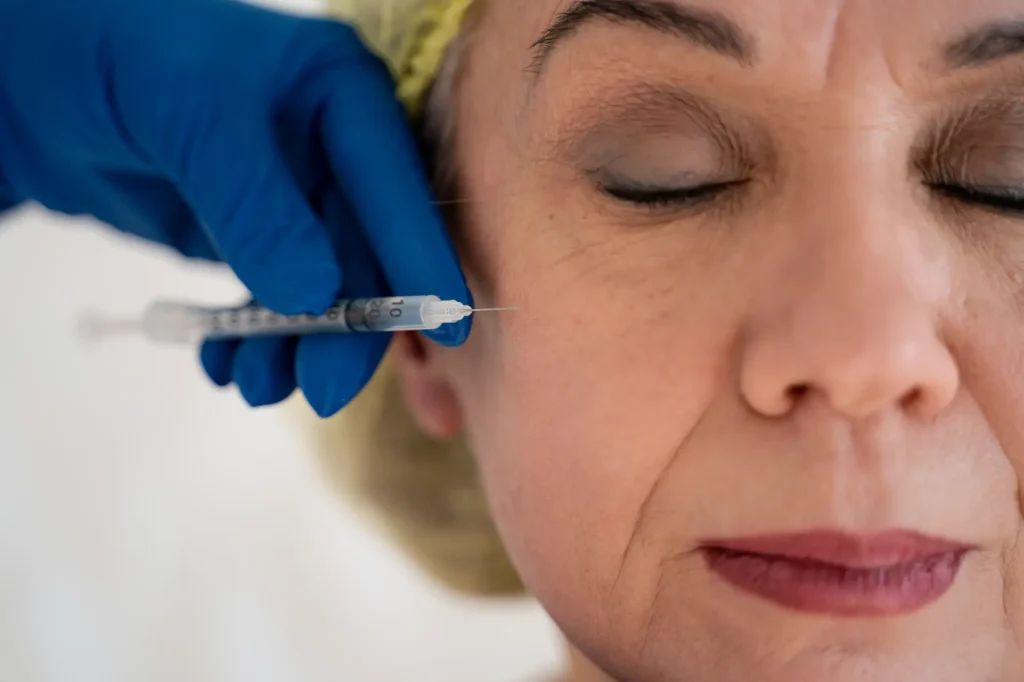- +52 (552) 304-7520
- +52 (998) 303-0906
- info@eliteclinicalconcierge.com




PRP stands for Platelet-Rich Plasma, which is a regenerative medical treatment used in various fields, including orthopedics, sports medicine, and aesthetic medicine. PRP therapy involves extracting a small amount of the patient’s blood, processing it to concentrate the platelets, and then injecting the platelet-rich plasma back into the body at the site of injury or treatment.
Here’s how PRP therapy typically works in aesthetic medicine:
A small amount of the patient’s blood, usually around 30-60 milliliters, is drawn from a vein in their arm using a sterile needle and syringe.
The blood sample is then placed in a centrifuge machine, which spins at a high speed to separate the components of the blood. This process separates the platelet-rich plasma from other blood components, such as red blood cells and white blood cells.
After centrifugation, the platelet-rich plasma (PRP) layer is extracted from the blood sample. PRP contains a high concentration of platelets, growth factors, and other bioactive proteins that play a crucial role in tissue repair and regeneration.
The concentrated PRP is then injected into the targeted area of the skin or scalp, depending on the desired treatment. In aesthetic medicine, PRP injections are commonly used to promote skin rejuvenation, improve texture and tone, reduce fine lines and wrinkles, and stimulate hair growth.
The number of PRP treatment sessions and intervals between sessions may vary depending on the specific aesthetic goals and the individual’s response to treatment. Some patients may require multiple sessions spaced several weeks apart to achieve optimal results.
PRP therapy is considered a minimally invasive procedure with relatively low risk and downtime. PRP therapy is often combined with other aesthetic treatments, such as microneedling or laser therapy, to enhance results. While PRP therapy has shown promising results for skin rejuvenation and hair restoration, individual outcomes may vary.